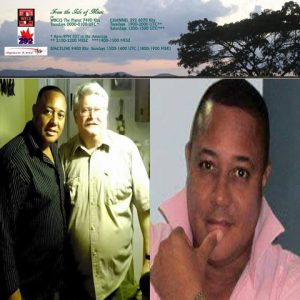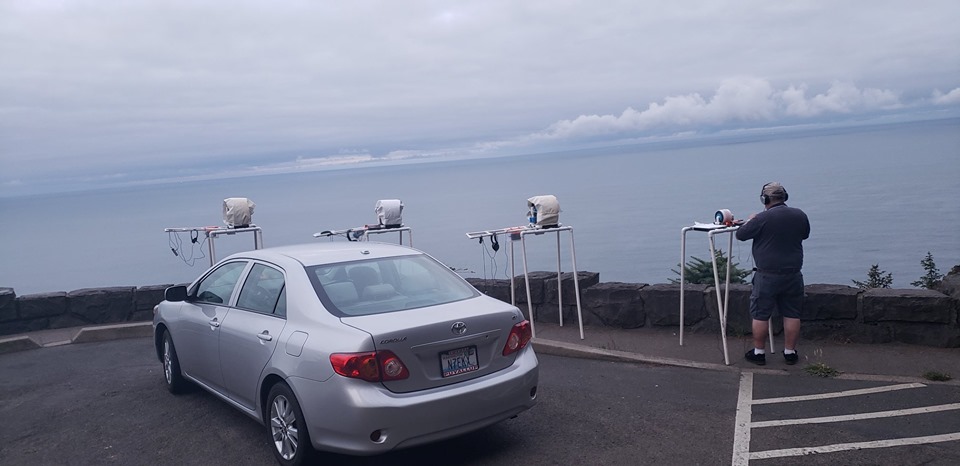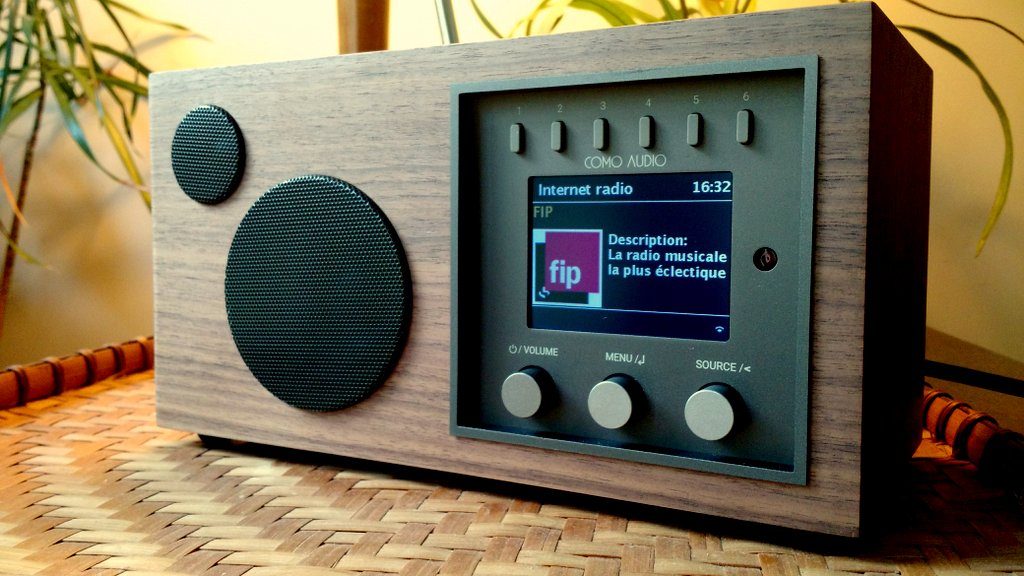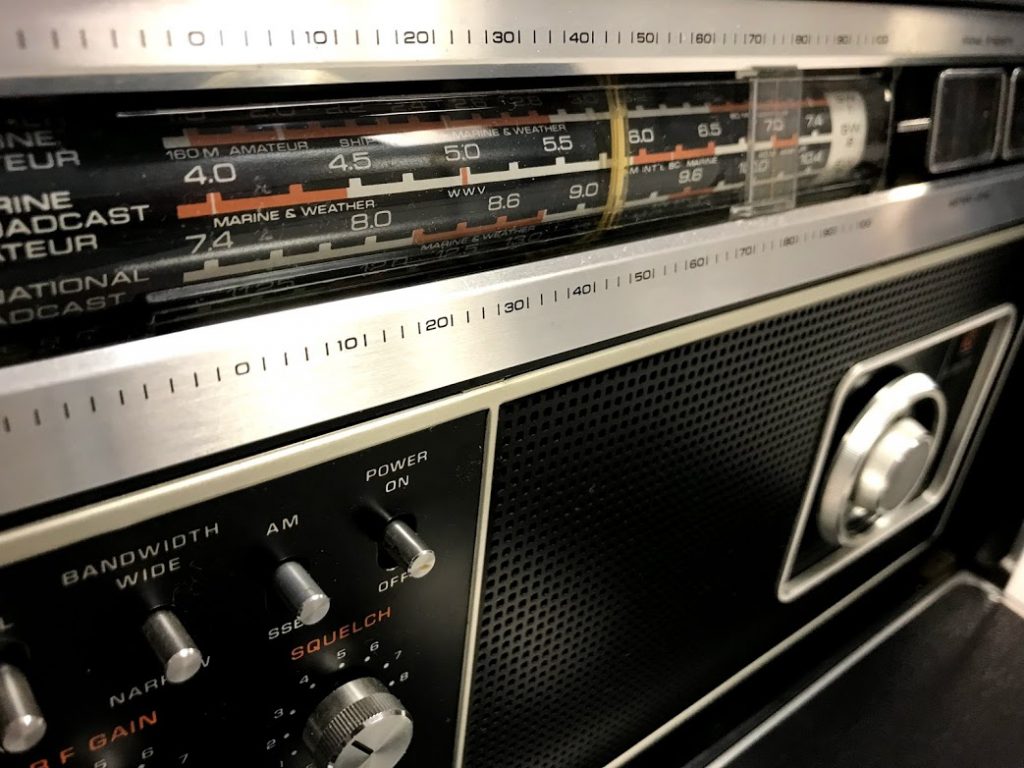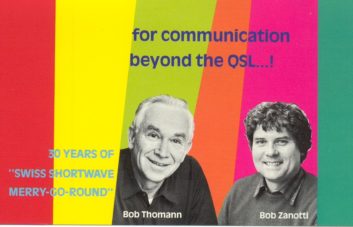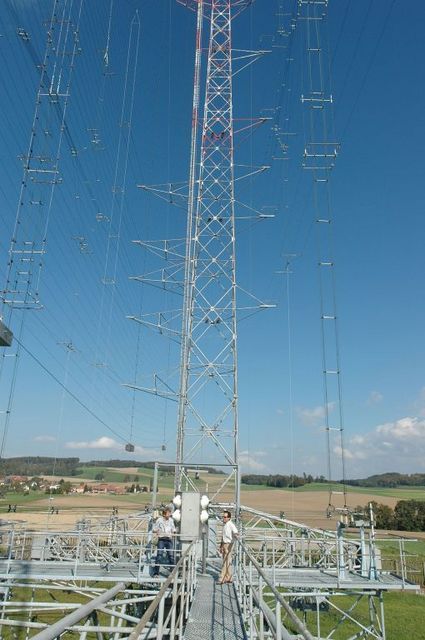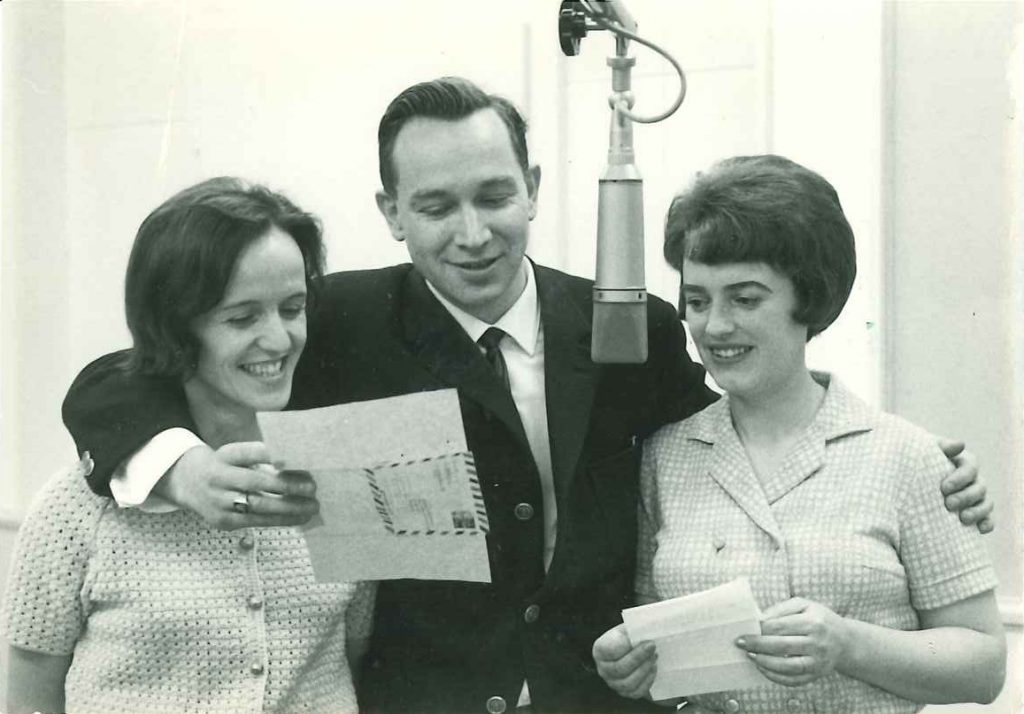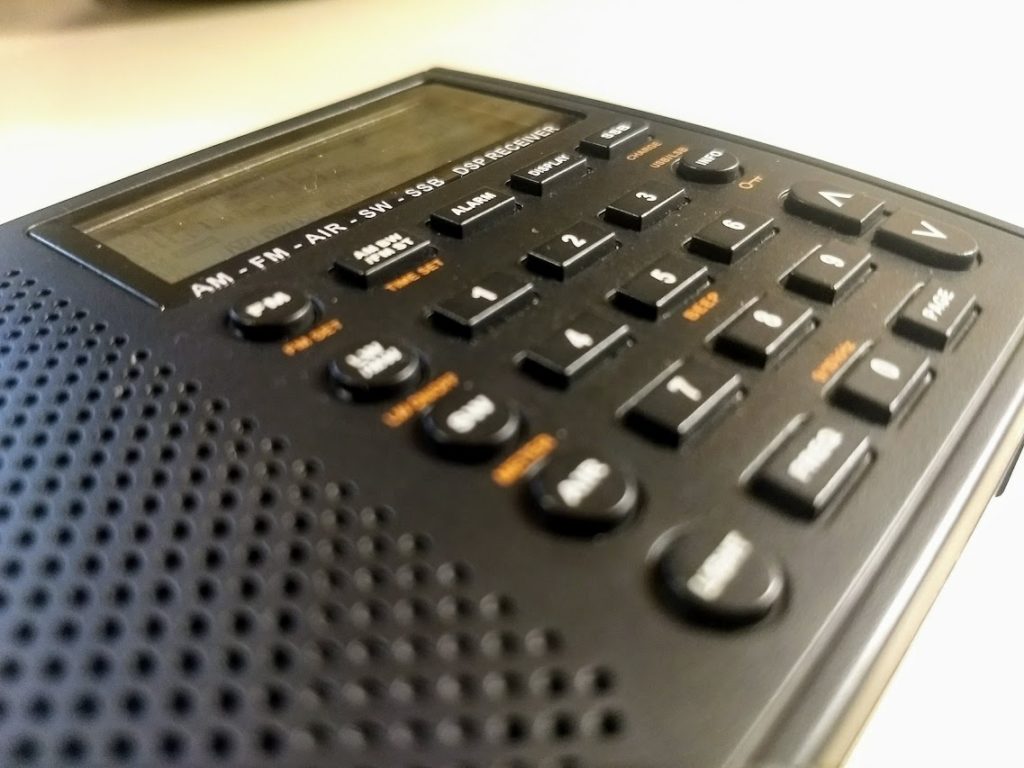
The Digitech AR-1780 has a very tactile button/key arrangement, but it is not backlit.
No less than two readers have contacted me this past week asking if I know of a shortwave portable that has backlit keys. Both of these guys, of course, are simply looking for a digital radio that’s a little easier to use at night in the dark.
Backlit keys would certainly make a lot of sense.
I’m going to look through my inventory of portables when I’m back home, but at the moment I’m drawing a blank. I can’t think of a single portable that has backlit keys, but I’m sure there are some out there in the wild. Can someone jog my memory–?
Readers: Please take a moment to comment with the make/model of any shortwave portables that have backlit keys! It would be nice to have a list to reference.
The indispensable headlamp…
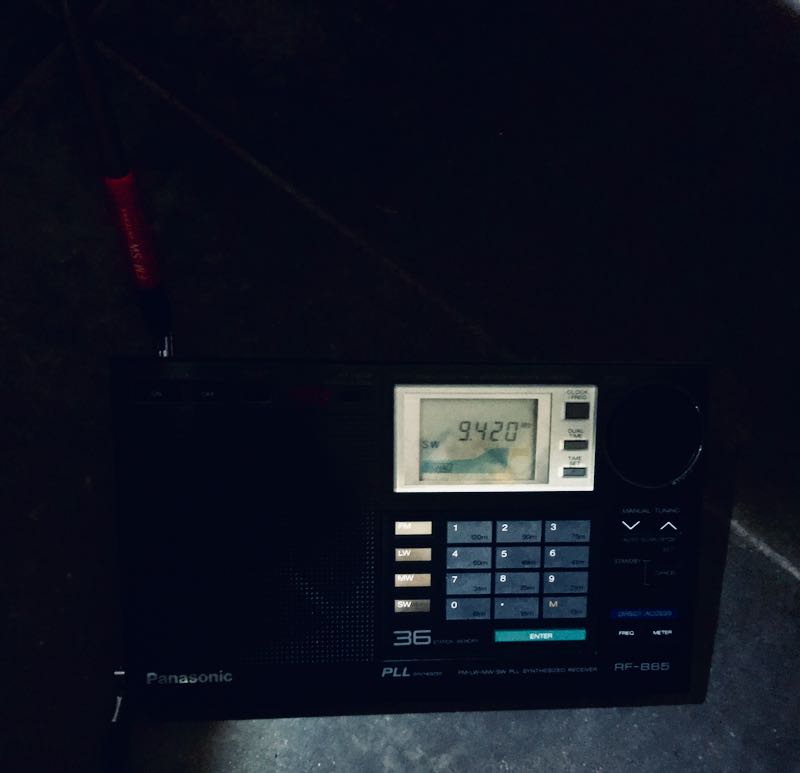
I do quite a bit of portable shortwave listening in the dark. I especially like sitting on my porch at night to catch a little DX, pirate radio activity, or simply listen to one of my favorite broadcasters. Even though I have much more capable radios in the shack–ones that are connected to large outdoor antennas–I love the simplicity of a potable for band scanning. Portables are especially fun for night time mediumwave DXing.
I also live in a relatively rural and remote area and one of the things I love about living here is the lack of light pollution at night. This also means that if I want to see when walking outside–and avoid walking into a visiting black bear (true story)–I’ll need some sort of flashlight/torch.
I’ve been made fun of before for carrying so many flashlights around (Mark Fahey, I’m looking at you–!), but frankly, these lighting tools have saved my bacon more than once.
I have an array of high-power portable flashlights, but the one I use the most is actually a headlamp. By using a headlamp, both hands are free to do work–especially helpful while tuning a radio.
These days, I never leave home without a headlamp. I always have one packed in my backpack, EDC bag, or luggage. Headlamps used to be heavy, expensive and sometimes used odd battery types. Today, headlamp prices are very reasonable, they’re lightweight, USB rechargeable, and they’ve become incredibly versatile.
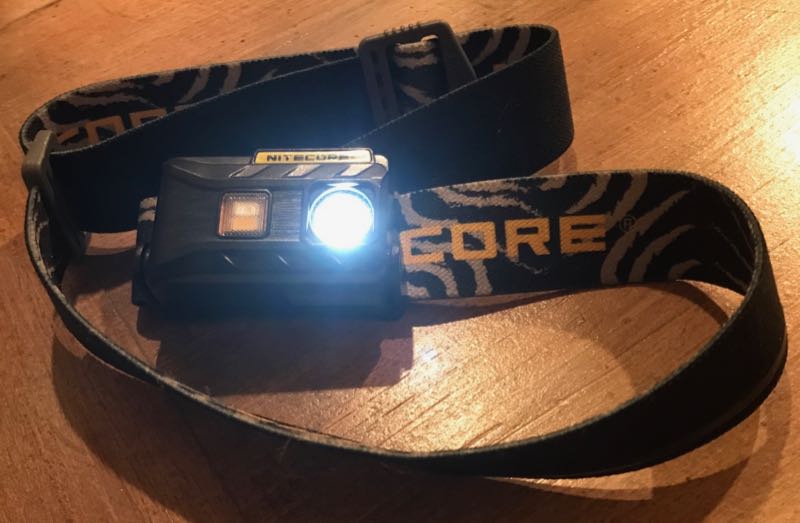
The Nitecore NU25
My favorite for performance vs. price is the Nitecore NU25. I’ve had this particular model for three months. The price is approximately $35 depending on the color you choose. It’s very lightweight and, best of all, USB-rechargeable.
The battery life is excellent; I use it all the time, yet I think I’ve only recharged it twice just to make sure the battery was topped-off.
I also like the Nitecore NU25 because it has an array of lighting options:
- A primary light with up to 360 lumens (4 lighting levels)
- A 20 lumen high CRI LED which better replicates soft sunlight
- A 13 lumen red LED with two light levels and a flashing option
For radio listening, I often use the the CRI LED, or the brighter red LED setting which preserves my night vision.
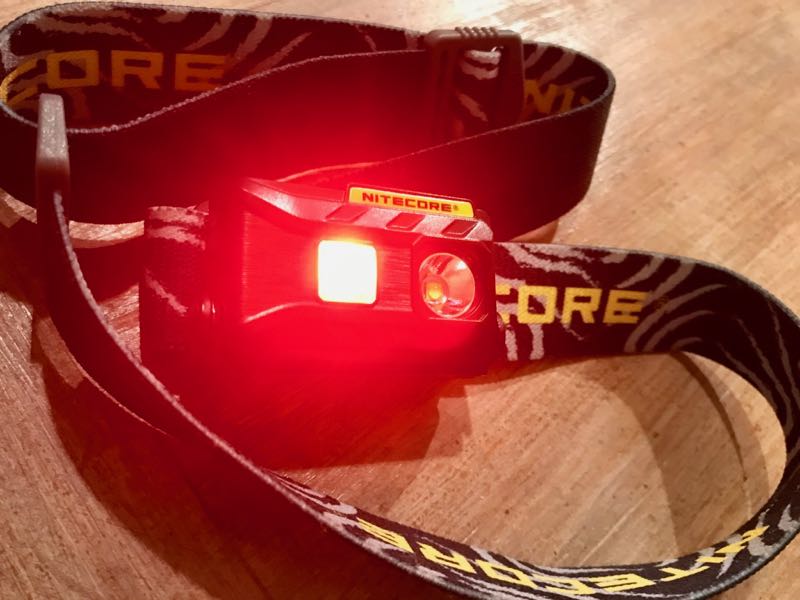
If I’m reading a book, then I use the CRI LED which casts a very wide, comfortable, full spectrum light.
For walking, hiking, or doing DIY projects in the attic/basement, I use the main headlamp light which has a tighter beam and can cast light a significant distance.
The Nitecore NU25 is very compact and easy to take on my one-bag travels. I feel some sense of comfort knowing that if my hotel experiences a loss of power (again, true story) I’ve got a capable, multi-function light in my EDC pack.
Click here to check out the Nitecore NU25 on Amazon (affiliate link supports the SWLing Post).
There are actually a number of excellent headlamps on the market. Personally, I look for ones that are affordable, rechargeable, lightweight, compact, and have at least an auxiliary red LED (which I find most useful for astronomy). I considered the PETZL Bindi because it’s incredibly lightweight and a friend recommended it, but it lacks lighting options and is pricier than the Nitecore NU25. The PETZL Bindi is an excellent option for runners, however. The PETZL ACTIK CORE also came highly recommended, but it costs almost twice what I paid for the Nitecore NU25.
Of course, if you just want a simple, basic headlamp for SWLing, you can get away with this $15 Foxelli headlamp. It does almost everything the Nitecore does at less than half the cost. In fact, I’m tempted to buy one of these to keep in my truck.
Any headlamp/flashlight recommendations?
I know for a fact that there are some dedicated flashlight/torch enthusiasts in our community who are active members of the excellent Candlepower Forums. I’ve tapped into their knowledge more than once when purchasing flashlights. I hope they’ll chime in and comment with their recommendations!
Do you enjoy the SWLing Post?
Please consider supporting us via Patreon or our Coffee Fund!
Your support makes articles like this one possible. Thank you!


